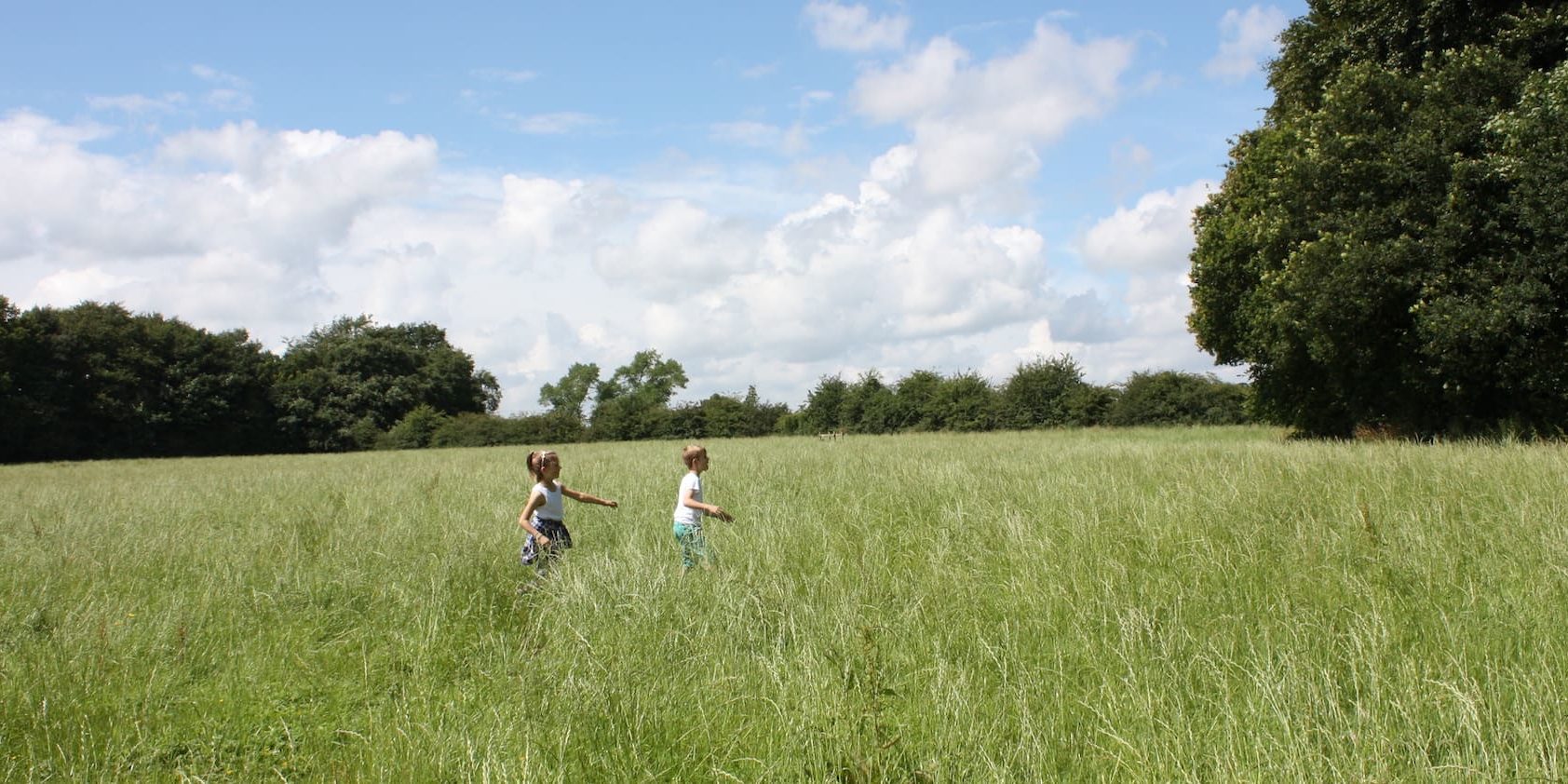City Council evading long-term duty to house its own residents

26th March 2020

CPRE Oxfordshire is calling on Oxford City Council to make last minute changes to its Local Plan to ensure that in the long run it can house as many of its own residents as possible.
Simple steps to release employment land and increase housing densities could save greenfield and Green Belt land, reduce commuting and help tackle the climate emergency.
The final consultation on changes to the Plan closes on Friday 27 March. See:
https://www.oxford.gov.uk/info/20286/local_plan_examination/1358/main_modifications_consultation
Current plans fall far short of expectation
The City Council says it needs 34,000 new homes over the next twenty years to house its own expanding population.
Despite having enough capacity within its boundaries to house them all, it chose to give preference to attracting yet more businesses and shops, saying in its draft Local Plan that it could only house 8,600. It was eventually shamed into admitting it could house 10,884 but still chose to dump most of its housing need on surrounding Councils at the expense of the Oxford Green Belt.
This is just not good enough. Making people commute when they could be housed in the City itself is not just irresponsible but fails to address the needs of the Climate Emergency that the Council has recognised.
The City is on the point of submitting the final revisions to its Plan to the Inspector for approval, still without recognising its duty to house its own people.
Even at this last moment, it should abandon its plans to leave shops empty rather than convert them to houses. It should abandon its plans to ring fence vacant employment land rather than give people homes. And it should prioritise building homes at much higher densities, to provide more affordable houses and to make better and more compact communities, where people can walk to work and shops.
The City’s longstanding plan for more than forty years has been to sprawl out over our Green Belt, a Green Belt that 75% of its own residents wish to be left untouched, seeing unnecessary housing development as the greatest threat. (See CPRE survey).
There is no justification for doing so. Even their own people don’t want them to do so, and if they care for the climate they should not do so. The Plan says their greatest priorities are to house their own people and protect the climate. Even at this last moment let them show these are not just empty pledges.
What should the City Council do?
CPRE Oxfordshire is calling on Oxford City Council to make last minute changes to its Local Plan to make sure that in the long run it can house as many of its own residents as possible.
Instead of the City seeking to preserve empty shops and offices and other vacant employment sites, Michael Tyce, CPRE Oxfordshire trustee, said:
“The City needs a clear policy that any employment sites becoming available for re-development should be used for housing, unless there are overwhelming reasons not to do so.”
The City Council is also failing to make the most efficient use of land by building at high enough density. The Secretary of State for Housing, Communities & Local Government has recently intervened in the London Plan, citing the need to optimise densities. The London Plan defines higher density residential developments as those with a density of at least 350 dwellings per hectare. This compares to Oxford City’s highest proposed density of just 100 dwellings per hectare, and only in a few limited areas.
Mr Tyce said: “Obviously London and Oxford are not the same in terms of setting or character, but the distance between these two figures shows just how unambitious the City Council is being.
“As well as making better use of scarce land, higher density settlements are much more efficient in terms of public transport and access to services and infrastructure and can lead to greater productivity.’
If the City Council were to make these changes – prioritising sites for housing rather than employment and increasing housing density – it would significantly reduce, if not entirely remove, the need for invasion into the Green Belt.
Currently, there are eight Green Belt sites in the draft Plan, totalling 734 houses. This ls less than 7% of the City Council’s total estimated housing capacity. In other words, housing density would only have to be increased by a fraction across the remaining sites to avoid any release of Green Belt land within the City boundaries, which would protect the countryside on the doorstep for the use of current and future residents.
It would also dramatically reduce the pressure on surrounding Districts, that are being expected to deliver a further 14,300 houses to meet Oxford’s needs, many of them also planned for the Oxford Green Belt.
Mr Tyce added: “The City Council has stated its wish to address housing need. Here are clear steps it can take to do just that and protect the countryside as well.”
Download CPRE Oxfordshire’s reponse below.
Main Modifications Consultation Form CPRE Oxon response PART 1
Main Modifications Consultation Form CPRE Oxon Response PART 2
Main Modifications Consultation CPRE Oxon Response – Design and the Historic Environment
